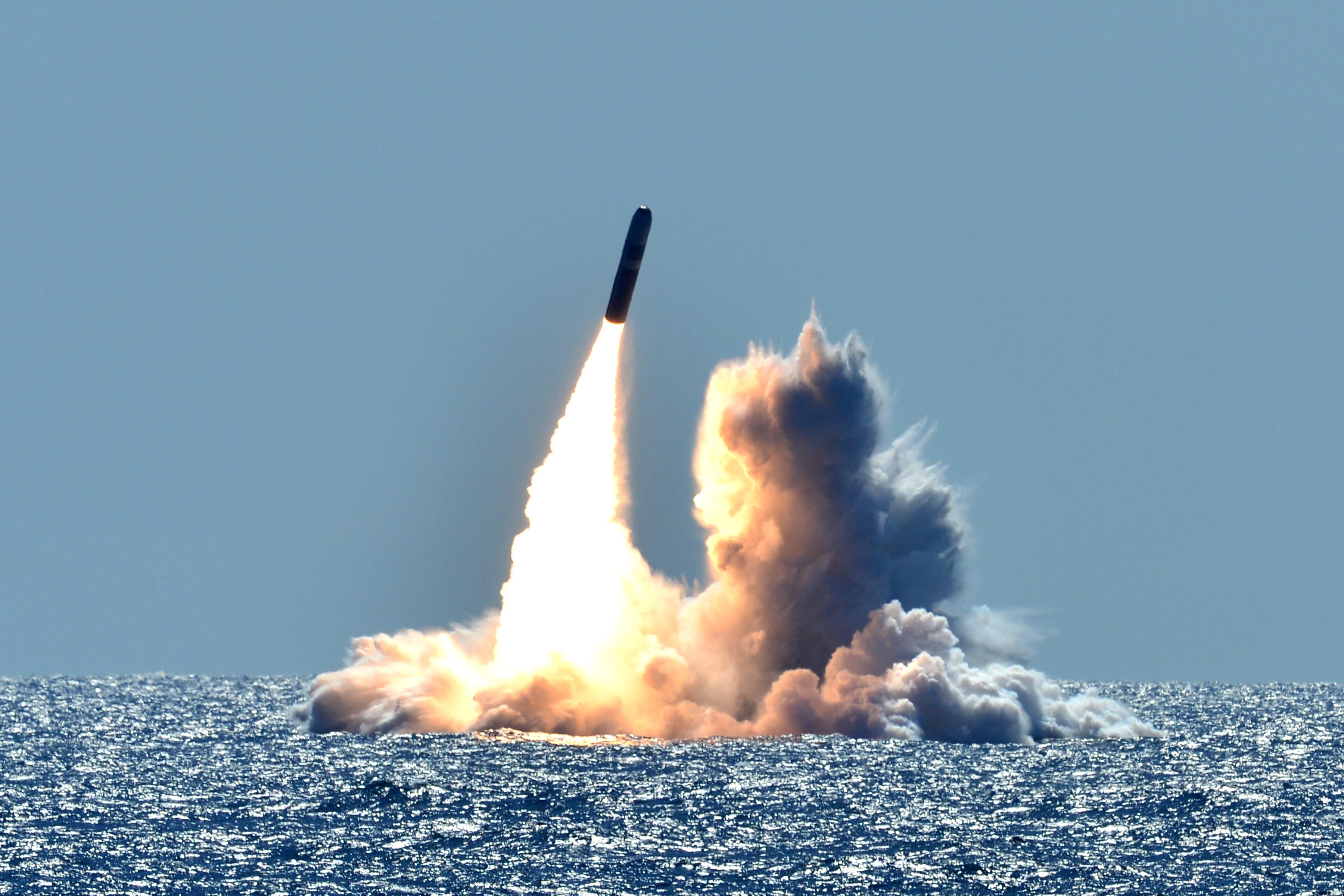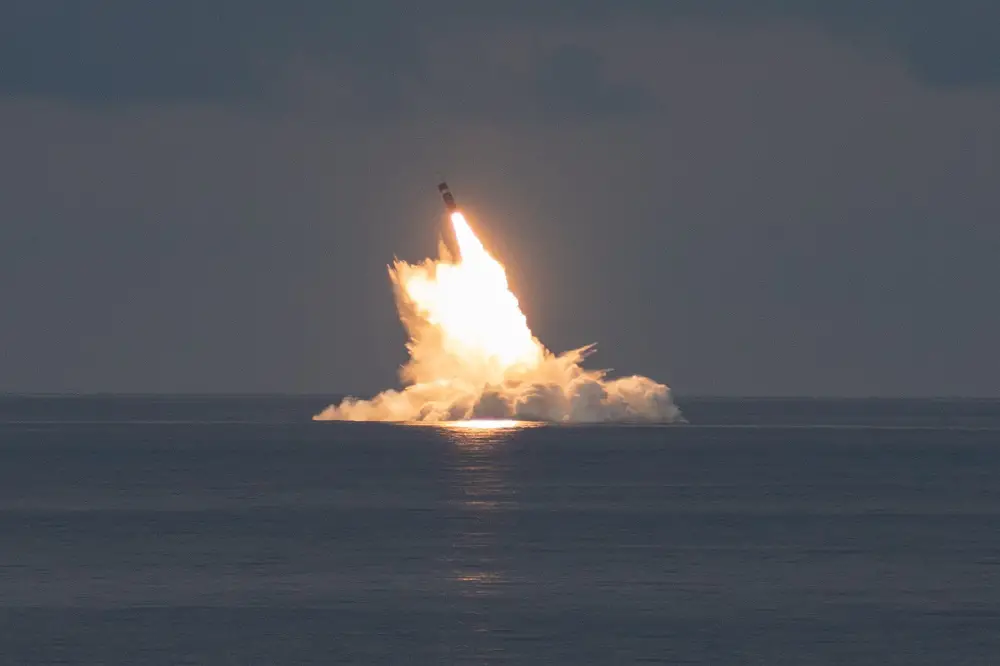Lockheed Martin Space, Titusville, Florida, is awarded a $70,123,973 fixed-price-incentive, cost-plus-incentive-fee, and cost-plus-fixed-fee modification to exercise options under a previously awarded contract for TRIDENT II (D5) missile production and deployed systems support. Work is expected to be completed Sept. 30, 2026. The UGM-133A Trident II, or Trident D5 is a submarine-launched ballistic missile (SLBM), built by Lockheed Martin Space in Sunnyvale, California, and deployed with the American and British navies.Fiscal 2021 weapons procurement (Navy) funds in the amount of $4,300,336; and fiscal 2022 weapons procurement (Navy) funds in the amount of $65,823,637 will be obligated on this award, none of which will expire at the end of the current fiscal year. Strategic Systems Programs, Washington, D.C., is the contracting activity.
The Trident D5 was first deployed in March 1990, and remains in service. The Trident II Strategic Weapons System is an improved SLBM with greater accuracy, payload, and range than the earlier Trident C-4. It is a key element of the U.S. strategic nuclear triad and strengthens U.S. strategic deterrence. The Trident II is considered to be a durable sea-based system capable of engaging many targets. It enhances the U.S. position in strategic arms negotiation with performance and payload flexibility that can accommodate active treaty initiatives. The Trident II’s increased payload allows nuclear deterrence to be accomplished with fewer submarines, and its high accuracy—approaching that of land-based missiles—enables it to be used as a first strike weapon.

Trident II missiles are carried by 14 US Ohio and four British Vanguard-class submarines, with 24 missiles on each Ohio class and 16 missiles on each Vanguard class (the number of missiles on Ohio-class submarines will be reduced to 20 each starting in 2023, in compliance with the New Strategic Arms Reduction Treaty). There have been 177 successful test flights of the D5 missile since design completion in 1989,[21] the most recent being from USS Maine (SSBN-741) in February 2020. There have been fewer than 10 test flights that were failures, the most recent being from HMS Vengeance off the coast of Florida in June 2016. The D5 is the sixth in a series of missile generations deployed since the sea-based deterrent program began 60 years ago. The Trident D5LE (life-extension) version will remain in service until 2042.
The Trident II is a three-stage rocket, each stage containing a solid-fuel rocket motor. The first motor is made by Northrop Grumman. This first stage incorporates a solid propellant motor, parts to ensure first-stage ignition, and a thrust vector control (TVC) system. The first-stage section, compared to the Trident C-4, is slightly larger, allowing increased range and a larger payload. In addition to a larger motor, the D-5 uses an advanced and lighter fuel binder (polyethylene glycol) than the C-4. This fuel is more commonly known as NEPE-75. (NEPE stands for nitrate ester plasticized polyether, the 75 represents that the fuel contains 75% solids.) The solid components bound by fuel binder are HMX, aluminum, and ammonium perchlorate. Both the first- and second-stage motors are connected by an interstage casing, which contains electronic equipment and ordnance for separation during flight. The second stage also contains a motor made by Thiokol and Hercules Inc., parts to ensure the second-stage ignition, and a TVC system.
